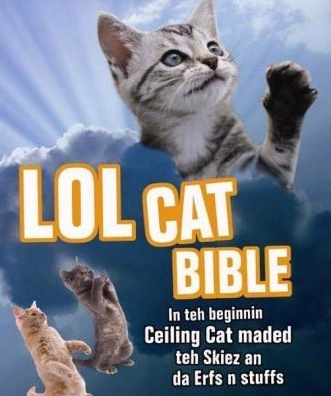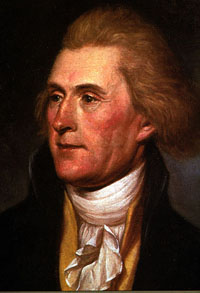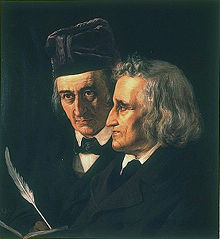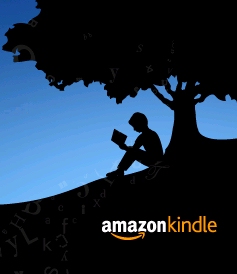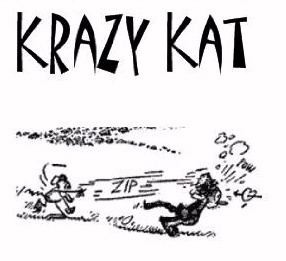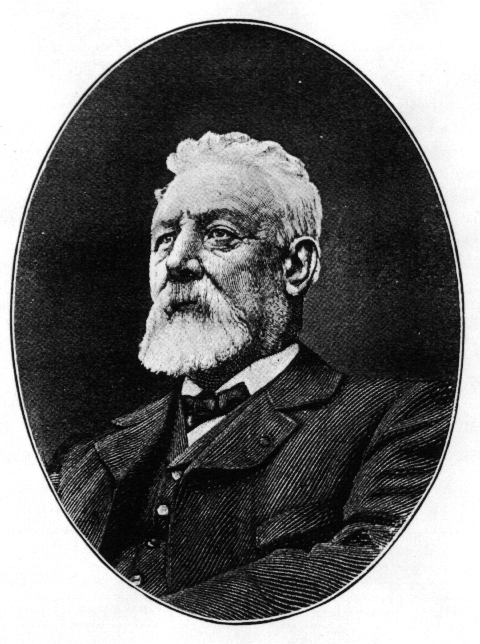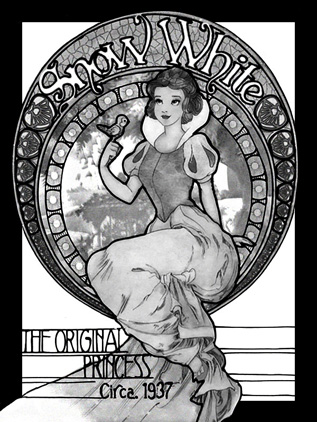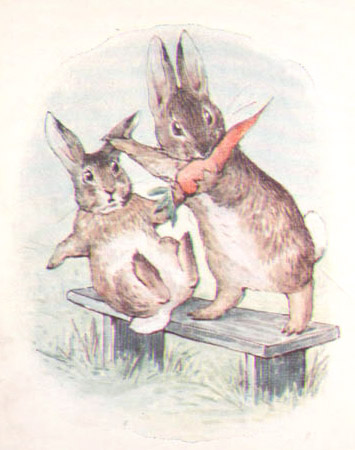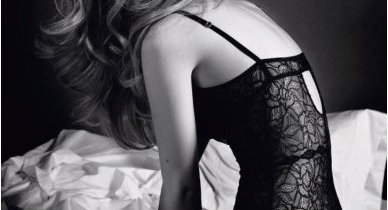
Today someone in the Kindle discussion forum complained that “the Kindle community homepage seems dominated by adult content.”
I think if anything that’s a glitch with Amazon’s automated layout. They’re generating a list for the web page of all the new products which were recently tagged with the word “Kindle”, and it’s the adult content that’s receiving that tag most often! Either the erotica fans are really conscientious about tagging these books as “Kindle,” or it’s a brilliant marketing campaign where the tag gets added repeatedly until the books leap onto Amazon’s “Kindle Community” front page!
Either way, the tags were all added recently by Amazon users, which ironically means these dirty book covers now appear under the headline “What’s Happening in the Community.”
Memorable MMF Threesome
The Cherry Cheerleaders
Confessions of a Deathmaiden
Adult Erotic Fantasies
The Disturbing Tale of Michelle and Bryce(And the two titles below, which have since been removed from Amazon’s Kindle store…
Naughty Lesbians: Prescription for Pleasure
Nicole – Naked Twister
“I would think the community should be a ‘family friendly’ guide to Kindle,” complained one user in Amazon’s discussion forum, “but it seems that it’s more oriented toward pornographic and erotic content.” They’d contacted Amazon’s feedback address “with no response,” and encouraged more users to make their voices heard with the home page’s “send feedback” button “so that others are not inadvertently exposed to objectionable content.” But in another thread, one user reports that they received an official response from Amazon.
I’m sorry if you were offended by the contents of a tag on our website.
We understand your concern, but the tag doesn’t fall outside of our guidelines. Therefore, we cannot remove the items from the Kindle Community tag from our site. I apologize if this causes you any frustration.
We want our feature to be something that all our customers find useful…
One user even revealed that they’d found full frontal nudity in an unexpected place — on the cover of Mary Shelley’s 1818 horror classic, Frankenstein. But apparently earlier this week a bunch of erotic novels were released for free, which gave them a surge of popularity and helped them start appearing in the automatically generated lists. It’s not clear how troubling this is to most users. (“That’s the first time I’ve ever visited that page,” one user responded in Amazon’s forum, “and I don’t know that I’ll visit it in the future.”) And another poster reported the same experience: “I just don’t go to the homepage. That’s why I never saw it.” (Though they acknowledged that “Memorable MMF Threesome” was “not what I want to see either.”) One user suggested the auto-generated list didn’t need to be censored. “Well it’s not in my genre, but if Amazon sells it, there’s no reason it can’t be discussed…”
But the original poster responded that “Both the titles and covers of many of these works are overly explicit,” clarifying that their issue wasn’t with the books themselves. “I’m not suggesting Amazon shouldn’t sell this content but that it shouldn’t be included in the general Kindle Community where individuals (especially minors) can be inadvertently exposed to overt adult content.” And then one user in California hopelessly muddled the discussion by posting two words of apparent support.
“Hmmmm, smut!”
He followed up later, noting that Naughty Lesbians “is ranked 60,314 in the Kindle store. Which puts in the top ten percent. If you ask me, that’s a clear indication of what the Kindle community thinks about Naughty Lesbians: Prescription for Pleasure. Apparently, it’s better than 90% of the other Kindle books. Doesn’t sound to me like most people are offended by Kindle porn.” One novelist even suggested that the discussion was simply making more Kindle owners aware of the adult content that’s available for the Kindle. Another poster noted that “Romance readers were strong early adopters of the Kindle and buy huge amounts of content, just about all of which is probably ‘smut’ by SOMEONE’S definition.”
The discussion eventually gravitated towards a more nuanced position.
FWIW, Amazon is not “family friendly” – there’s all kinds of naughty stuff available here – and they don’t strictly moderate the forums/community areas of the site.
It’s just too daunting a task and not one they want to do… if the items in question are not breaking Amazon rules, then they may show up and Amazon is not going to stop them.
Another user even argued that protecting the impressionable was best left to the users themselves.
Like most other etailers, Amazon’s terms of service state that accounts are for those 18 and above. Children are only supposed to be accessing Amazon under parental guidance. If people follow the terms, children only see what adults allow them to see. If they don’t follow the terms, that’s not really Amazon’s fault, is it?
But for at least one Kindle owner, the incident made their day.
“I have to say, the thought of so many Kindles running around with ‘Naughty Nooners’ and other erotica on them makes me smile….”
